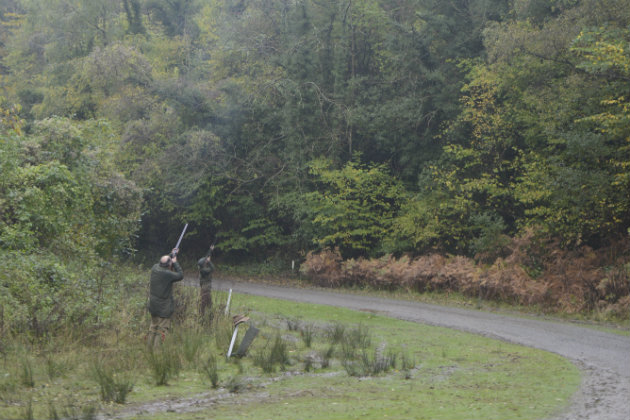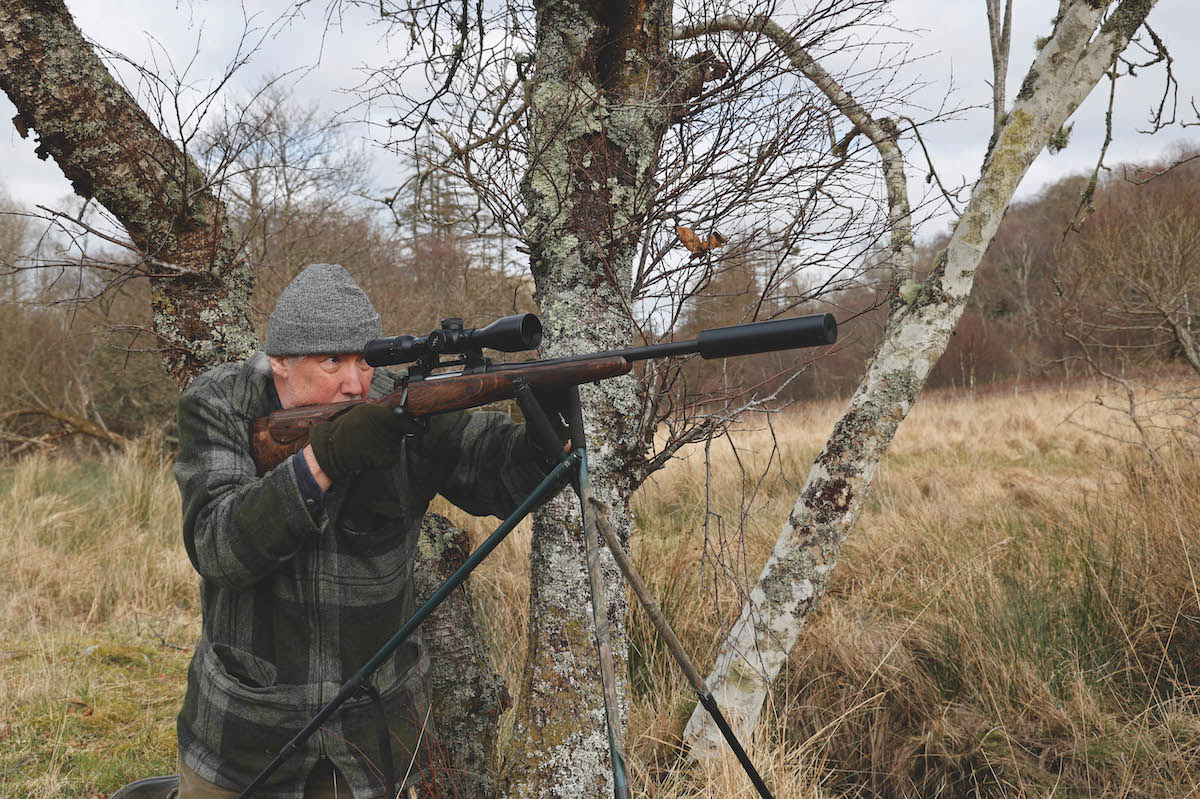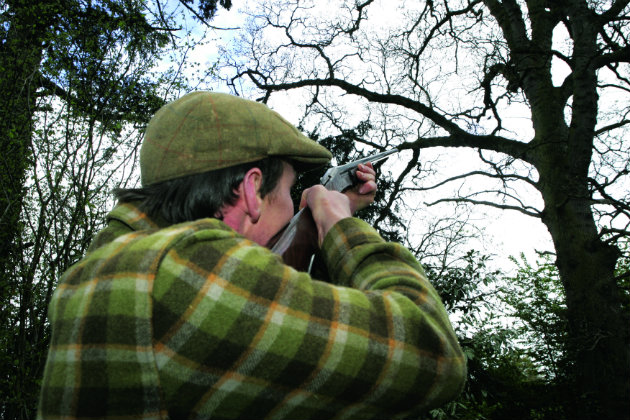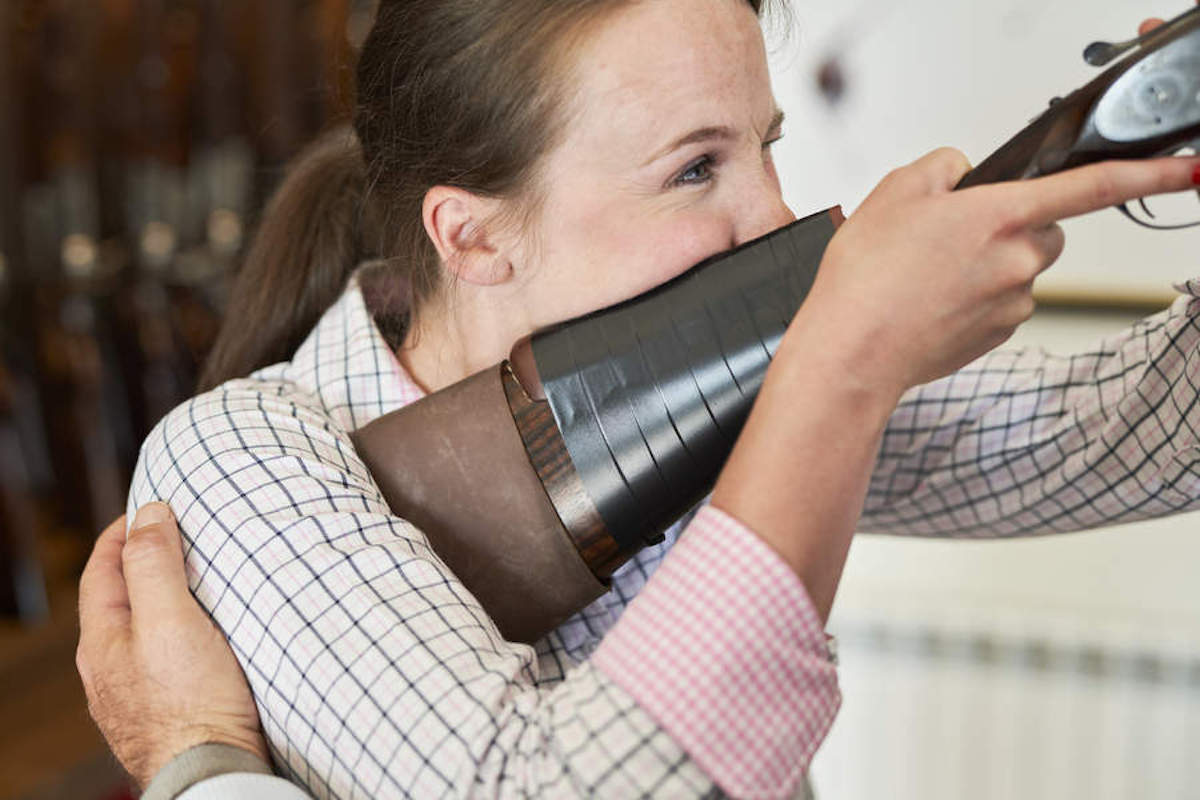Should I try and hit a high bird?
Is it a complete waste of time to try and hit a high bird with your second barrel if you've already missed it with your first barrel? Adam Calvert gives his answer ...

Allow the bird to commit to a flight line before committing yourself to a shot
A: This is a great question as when high bird shooting there is an optimum point at which to shoot the bird, one I often refer to in my lessons as the most vulnerable point.
This is when the bird is at its closest but also at a stage in its flight which allows the shooter to have a second shot without being off balance or at the end of their swing. What frequently happens is most guns make the decision to shoot at a bird when it is at, or even past, the vulnerable point and as a result the first shot is fired late and the second shot almost becomes pointless.
A common mistake with a high bird
Shooting the bird at the wrong point in its line of flight is one of the most common mistakes I see whilst teaching people in the field. Perfecting your timing on the bird so it is shot at the vulnerable point is quite a skill in itself and starts by you almost predicting through your fieldcraft where the bird is going to fly. To get this right though it is necessary to allow the bird to commit to a line before you can accurately gauge where it is going to fly. Once you have done this you can then predict where your vulnerable point will be, adjust your footwork and start the mounting process to make sure the first barrel is fired at this point.
Trouble hitting high birds?
A: If there is one question I get asked time again, it’s about hitting high birds. The first thing is to know your…
High pheasant shooting – how to master it
High driven pheasant shooting lesson: It’s getting to that time of the year when the birds are really beginning to…
Having trouble shooting high pheasants? Then read these expert tips
Chris Bird at Hollands offers some high pheasant shooting tips
Height, speed and angle
While this is happening you should be already starting to gauge the height, speed and angle of the bird to give you a better chance of hitting it. These three things are again largely down to fieldcraft and time spent in the field carefully watching how birds fly. Many factors come into play including, amongst others, wind speed and direction, the flushing point and cover crop location. These things will be used by an experienced gun to help predict what the birds are going to do and as a result increasing their chances of getting the timing right and therefore being successful with their shot.
A second barrel is always worth firing and I would say a necessity if you think you have hit the bird with the first (one of my pet hates is not shooting a bird with a second barrel to kill it once you have hit it with the first). Make sure you get your timing right and if you do it should allow for two nice shots within your arc of swing.











